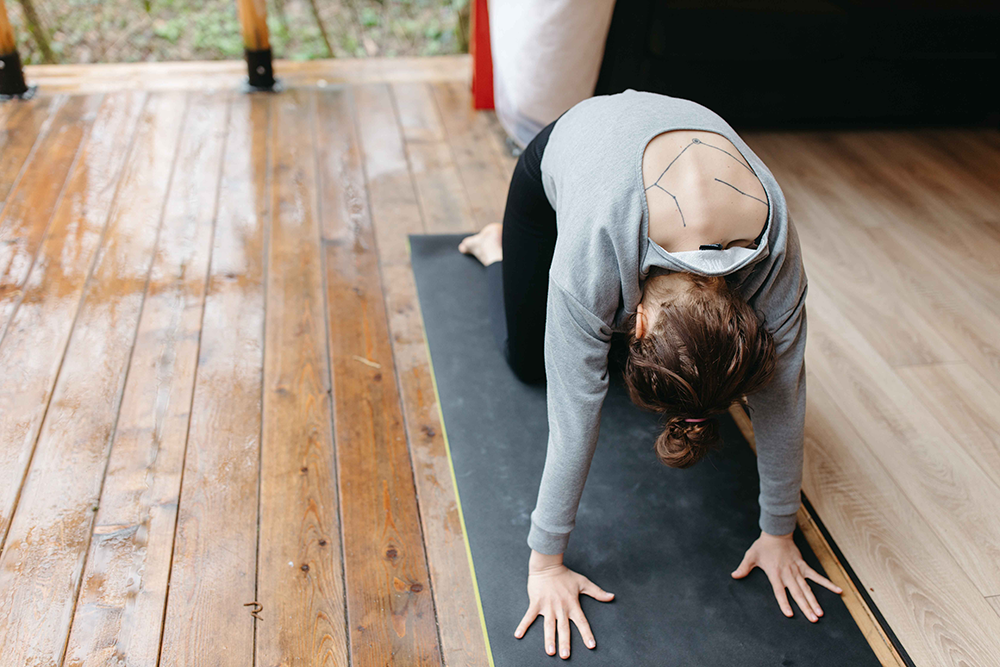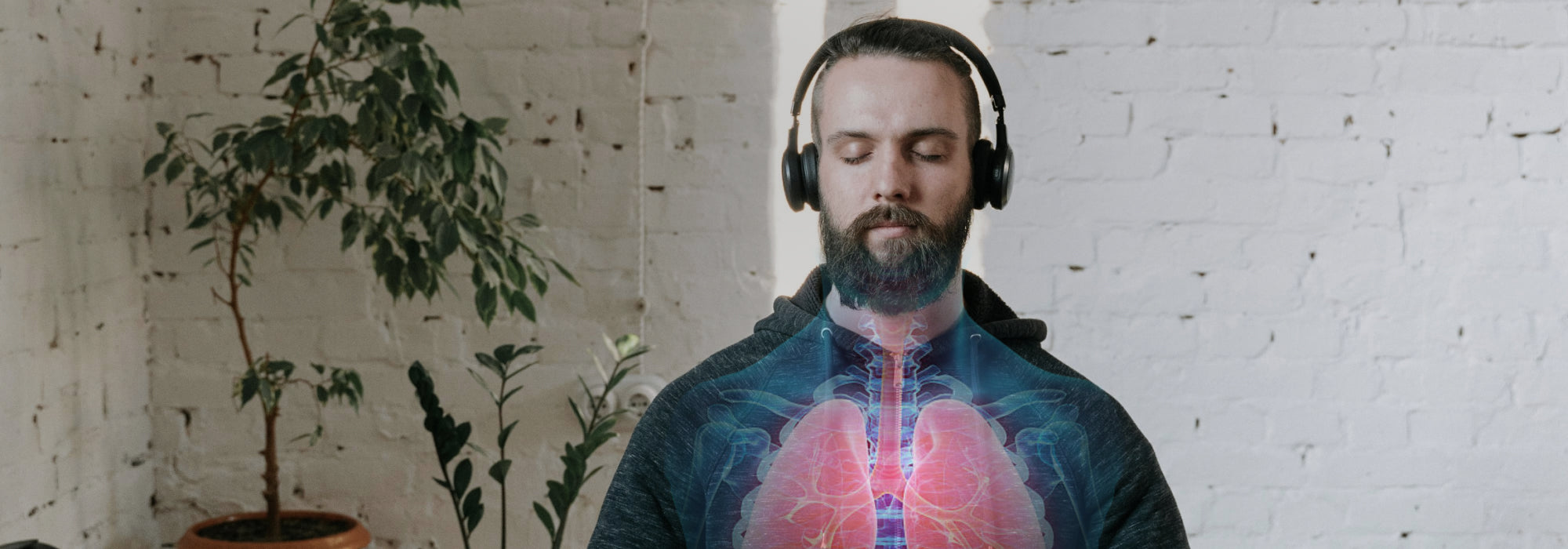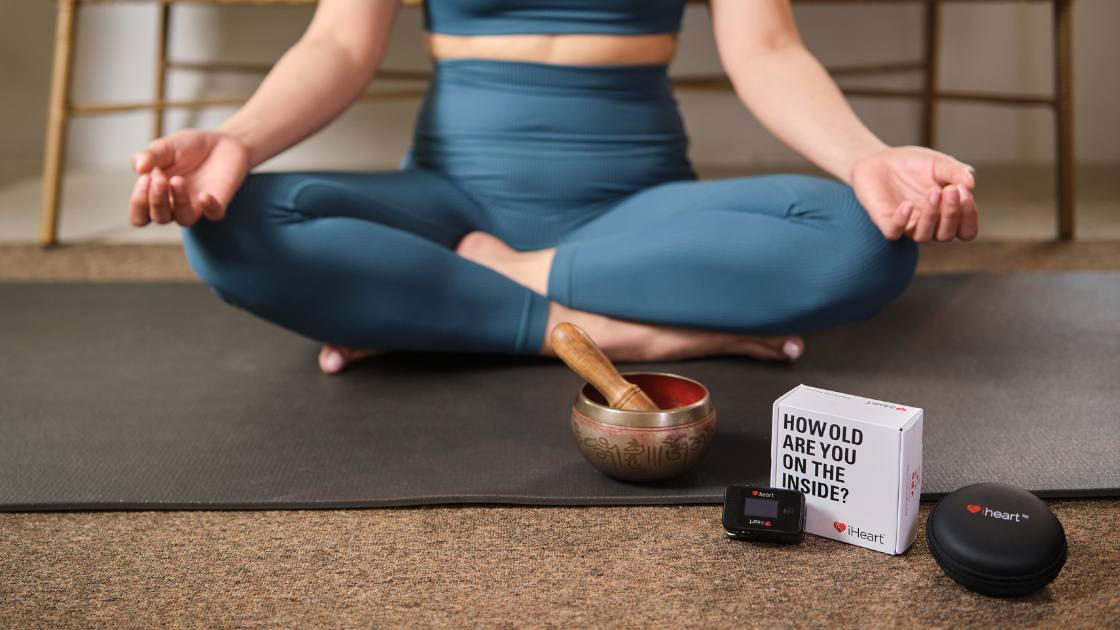Most of us associate stretching with relieving tight muscles, warming up before exercise, or winding down before bed. While those are all great reasons to stretch, did you know that stretching can also be hugely beneficial to your overall health?
That’s because stretching isn’t just a great way to improve your external mobility, like the movement of your limbs, joints, and back. When you stretch your whole body, you improve your internal mobility as well.
What’s internal mobility?
If you’ve never heard of internal mobility, you’re not alone. Not many people have, but for the past couple of decades, scientists have been discovering that it’s the key to a longer life and better overall health.
Put simply, internal mobility refers to the youthful movement and flexibility of our core internal structures. We’re talking about your diaphragm, spine, pelvic muscles, and even your aorta – the largest artery in your body.
With good internal mobility, your heart pumps efficiently, and you’re then able to take deep, cleansing breaths, allowing the necessary fluids to flow up and down your spinal cord with ease. That means a lowered risk of heart disease, reduced stress, and a lowered risk of cognitive decline (such as dementia).
When you engage in whole-body stretching and breathe deeply throughout, your internal mobility gradually improves, your aorta becomes less stiff – and you can even lower your internal (biological) age in the process.

7 stretches for overall health
If you’re ready to unlock that kind of inner youthfulness, here are seven stretches you can practice regularly to improve your overall health. Be sure to take full, deep belly breaths as you stretch, as diaphragmatic breathing helps improve internal mobility, too.
Cat-cow pose
This pose incorporates some gentle movement for relieving back and neck pain, opening the chest, and improving core mobility.
-
Start on your hands and knees, in a tabletop position.
-
Take a deep breath in as you look up, drop your belly, and arch your back inward towards the floor – this is the “cow” part of the pose.
-
Next, exhale as you tuck your chin towards your chest, pull your belly button towards your spine, and arch your back outward – like an angry cat. Hold for a breath.
-
Repeat several times, inhaling as you “cow” and exhaling as you “cat,” transitioning between poses gently for up to 2 minutes.
Butterfly stretch
This stretch is wonderful for loosening the hips, glutes, back, and thighs.
-
Sit up tall on the floor with the soles of your feet together, letting your knees fall open to the sides.
-
Hold onto your ankles or feet, tighten your core, and exhale as you slowly bend over toward your feet while gently pressing your knees toward the floor. Relax your head, shoulders, and neck.
-
If you're feeling too tight to bend over, simply hold the pose upright, pressing your knees down with your elbows – the goal is to feel a good stretch, wherever you are.
-
Hold this stretch for up to 2 minutes.
Seated neck release
People often forget to stretch the neck, but relieving tension in your neck can also benefit the rest of your upper body, including your shoulders and spine.
-
Sit on the floor with your back straight and chest lifted.
-
Drop your left ear to your left shoulder, and stretch your right hand out to the right to touch the floor with your fingertips.
-
To deepen the stretch, very gently press down on your head with your left hand.
-
Switch sides. Hold each side for up to 2 minutes.
Sphinx pose
This pose is an excellent stretch for those of us who spend much of our time in a forward-bent or hunched posture. It gently stretches the lower back and engages your abs as well.
-
Lie on the floor, stomach-down, with your legs straight out behind you.
-
Support yourself with your elbows under your shoulders and your forearms on the floor. Gently push into the floor as you lift your chest and look forward (not up).
-
Keep your shoulders relaxed as you think about lengthening your spine through the crown of your head. Press your hips and thighs into the floor.
-
Don’t hyperextend – push yourself up just enough to feel a nice stretch in your lower back. Stop immediately if you feel any discomfort.
Extended puppy pose
This stretch can feel amazing for your back, shoulders, and glutes, especially at the end of the day.
-
Start on your hands and knees, with your back in a tabletop position.
-
Walk your hands forward a few inches and curl your toes under.
-
Staying on your knees, push your hips up and back halfway toward your heels.
-
Push down into the ground with your hands to keep your arms straight and engaged.
-
Hold for up to 2 minutes.
Lunge with spinal twist
This stretch can be a great reliever of posture-related pain by opening your hips and improving your mid-back mobility.
-
Stand upright with your feet together.
-
Take a long step forward with your right foot so that your feet are staggered apart.
-
Bend your right knee and drop into a lunge, keeping your left leg straight behind you with your toes on the ground, so you feel a stretch at the front of your left thigh. Try to keep your right knee directly over top of your right ankle. If you need to modify this stretch, you can drop your left knee on the ground.
-
Place your left hand on the floor and twist your upper body to the right as you extend your right arm toward the ceiling. Look up to the right.
-
Hold for up to 2 minutes.
-
Repeat on the left side.
Standing hamstring stretch
This is a fantastic stretch for your neck, back, hamstrings, and calves.
-
Stand upright with your feet about hip-width apart, arms down by your sides, and a slight bend in your knees.
-
Exhale fully as you bend at the hips, lowering your torso toward the floor while keeping your head, neck, and shoulders relaxed.
-
Either grab your elbows and hang like a ragdoll or wrap your hands around the backs of your legs. Hold up to 2 minutes.
-
Bend your knees and carefully roll up, one vertebrae at a time, when you're done.
See where your internal mobility is at with iheart Internal Age
Want to see whether your healthy lifestyle changes are improving your overall health? If you’ve been working on improving your internal mobility, track your progress with the iheart device and the iheart Internal Age app.
Paired together, these tools can measure your internal mobility on-demand and give you an accurate estimate of how old you are on the inside. As you implement healthy activities like regular stretching and proper breathing, you’ll be able to watch your internal age score get lower over time.
It can be hard to stay on track without the proper motivation, but the iheart device was designed to help you develop lasting habits through the power of clear, easy-to-understand data and real-time feedback on how you’re doing.
<<Learn more about iheart>>






Share:
A Beginner’s Guide to Meditation
5 Ways to Lower Your Biological Age